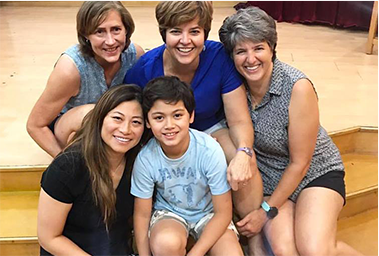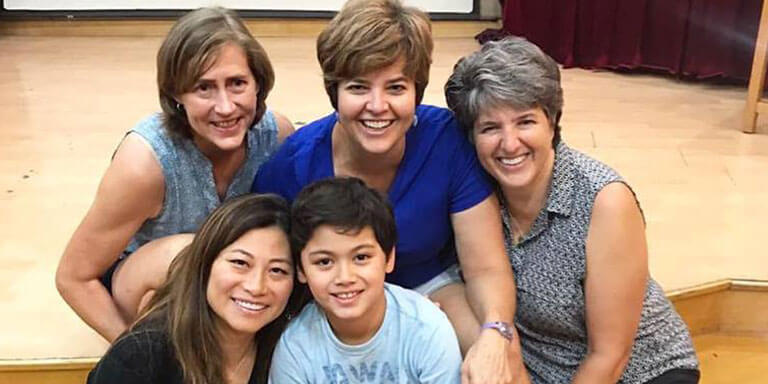
“The Journey Of A Thousand Miles Starts With A Single Step.”
-Lao-Tzu, Chinese philosopher
As you may or may not already know, 3 members of the team here at Nesin Therapy Services took to Beijing this past summer to teach a 7-day course on the Pelvis and Lower Quadrant to the Chinese Olypmic Commitee Medical staff including physicians, physical therapists and trainers from all over the China. They represented the Pelvic Education Alliance (PelvicEA), whose mission is to to fuse the worlds of orthopedic and pelvic floor physical therapy through education.
Being that Nesin Therapy and their PelvicEA counterparts at Sarton Physical Therapy are keen to redefining the future of physical therapy, this third and final part of our 3-piece China Blog Series highlights the ways this Chinese experience might help do just that.
How Culture Affects Physical Therapy Education
To the instructors surprise, they noticed that the Chinese attendees were not as reserved as they thought they might be. Since traditional Chinese medicine includes elements like massage and acupuncture, the manual therapy techniques being taught actually made intuitive sense to them.
Their mindset around physical healing was simple: You feel things are wrong within the body, you work on those things, and they get better. It’s sort of funny to note, though, that many analogies do not translate well. Apparently, the Chinese language is very literal, so explaining that something should be positioned “like a tree” is far from the typically concrete, to-the-point nature of their communication.
Even some of the body positions required to properly treat a patient caused some awkwardness for the attendees. The Nesin Team had to tell them, “No, don’t worry, it’s awkward in every culture. You have to earn the trust of your patients, and perform pre- and post-tests so that patients can immediately see the changes, and know exactly why you worked on what you worked on it.”
So, even while there are certainly cultural differences between countries and within them, that is not to say there is no hope for finding common ground necessary to share important theories of physical therapy in the future. Communication overcomes cultural divides, and improves mutual understanding in the process.
Where We See The Future Of Global Physical Therapy & Pelvic Health Going
This fusion of orthopedic and pelvic floor physical therapy is new and upcoming in the U.S., and certainly so in China. Surprisingly, though, Janine did mention, “Because it’s a relatively new field of expertise in the US, we weren’t sure how much exposure they might have had to this area of PT practice, but it turned out they’re more aware of pelvic floor PT than we thought. It was moving to see that providing concrete skills and concrete information would immediately impact their patient care,” Janine shared. “It was obvious that they were going to be practicing things as soon as they got back to their clinics on Monday morning.”
The person who initially invited PelvicEA to teach its course to the Chinese Olympic Committee is also on a mission to change the face of physical therapy on a global scale. Dr. Lilian Chen-Fortanasce hopes to change or improve the education of the students and the overall direction of physical therapy in China. Though it has been 20 years since she lived in China, she is leading a crusade to improve the standards of physical therapy practice in China. Janine mentioned, “It’s wonderful to meet people like Lilian who are determined to do what they can to have a positive impact on the world.”
Because of their collaboration, medical professionals like Dr. Chen and organizations like PelvicEA are moving closer toward to goal of having higher standards set when it comes to residencies, fellowships, and the overall training of physical therapists all over the world.
Lessons Learned: Major Takeaways
“When living and functioning in a culture other than your own, the difficulty of learning another language…trying to convey complex information in that language…” Janine recalls, “it was difficult at times. But being a part of changing the course of PT in a country is humbling to say the least, and so worth the extra time and effort. To know that we changed the trajectory of their practice leaves you on a ‘high’ for a long time. And to work with staff and athletes on the Olympic level is the thrill of a lifetime.”
Janine also sheepishly admits, “It was also a little tough to come back to the U.S. and be just ‘normal therapists’…there we were treated like rockstars!”
PelvicEA has since been invited to participate in the Chinese affiliation of USC’s fellowship and residency program, where they need clinical instructors focused on clinical education.
Make sure to subscribe at the top of this page with your best email address to be notified of our future posts, news, and announcements! To see more photos from the trip to China, be sure to check out and like The Pelvic Education Alliance Facebook Page, as well as that of Nesin Therapy Services.


